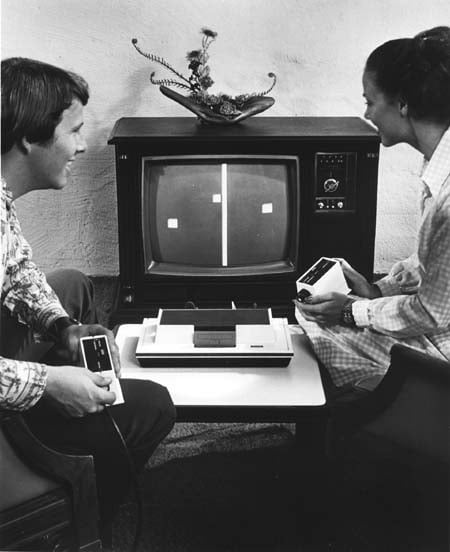With Web 2.0 becoming increasingly popular and the amount of information we share and post online viewable by almost anyone we should stop and spare a thought: who can actually view this?
Social sites like Facebook and Twitter are amazing and I think a crucial tool when using the internet but information that is posted online especially associated with our personal lives should not be made visible to the World Wide Web to view. Sensitive information such as our full name, home address and email address if posted without a thought of privacy can be a fatal error in your security and identity. Even Facebook's central function of 'status updates' could be jail-worthy or even fired-worthy! The thing about status updates is that its not hard to write "what is on your mind" in relation to a certain person, place, religion or sex. For example, this girl who lost her job due to her insensitive thinking of who could actually read this update:
 |
| A certain mistake! |
Or perhaps this, a call centre worker who posted his 'sickie' plan on Facebook for all his so-called 'friends' could see.
It is this exact reason why things like social updates should be thought through as all of your connected people may be able to access your information without actually knowing you. Your friends on Facebook can reach to a high number, such numbers as 600 or 900 :O wow popular person eh? well, yea on the screen yes but a person with that amount will not know every singe person they have added or had a 'friend request' from. It seems to have become a social race and popularity contest to see who has the most friends and is more socially active. But in an article by the Daily Mail as human beings' we only have the capability of "managing a maximum of just 150 friendships" and that "people obviously like the kudos of having hundreds of friends but the reality is that they’re unlikely to be bigger than anyone else’s." The reason for this is because we actually look at only a handful of peoples' profiles and that some of the other friends may not even be a person you know, trust or would even talk to in the real world. It is here where the Internet can become dark as recent stories have circulated of abductions as the person has changed their identity even as far as sex and age to get on 'the good side' of their targets. Once trust has been gained on both sides of the screen a meeting place is then arranged and horrific terms often end up on the news and in the papers.













